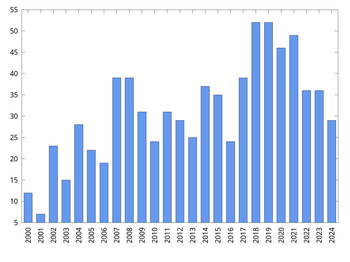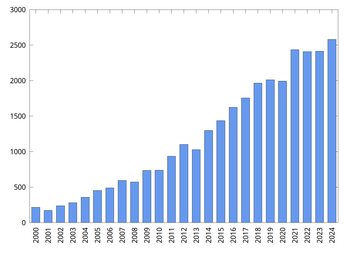This research line is devoted to the development and application of computational tools for modelling accurate photoinduced dynamics of complex photoresponsive molecular systems in realistic conditions, including their underlying multi-pulse transient spectroscopies at various spectral regimes, spanning the NIR-VIS-UV-Xray spectral window. The aim is not only to obtain a reproduction/interpretation of experimental data, but also to build predictive models and provide a deeper understanding of the phenomena that are investigated. Eventually, the characterization and analysis of photoactive molecular materials (from simple isolated molecules to biological photoreceptors and complex molecular architectures including environment effects) is employed for the design of novel and smart materials (e.g., photochromic systems, molecular switches, etc.) with tailored properties, encompassing a tunable photophysics and a controlled (photo)reactivity. This is achieved by using a worldwide unique set of tools in Computational (Photo)Chemistry and Spectroscopy that is contained in the COBRAMM software package developed by the group (https://site.unibo.it/cobramm/en and https://gitlab.com/cobrammgroup/cobramm).
This research line is devoted to the prediction of structural, electronic and chemical properties of functional materials, including organic soft matter, biological systems and catalysts, through computer simulations methods (Molecular Dynamics, Metropolis and Kinetic Monte Carlo), quantum chemistry calculations and network analysis. Particular attention is devoted to the comparison with experiments and the quantitative accuracy of the results, achieved by: i) careful modeling and testing of classical intermolecular potentials at various levels of resolution; ii) adequate statistics provided by large system sizes and long simulations; iii) development of software tools for the calculation of observables directly or indirectly measurable with experimental techniques; iv) simulating thermodynamic equilibrium and non-equilibrium processes in realistic conditions. This array of techniques is applied to the molecular design of advanced materials possessing liquid crystalline, organic semiconducting, catalytic and light emitting properties and to characterization of complex phenomena, like chemical signaling in proteins.

Publications
Total publications: 870 (update: 11/02/2025)

Citations
Total citations: 30831 (update: 11/02/2025)